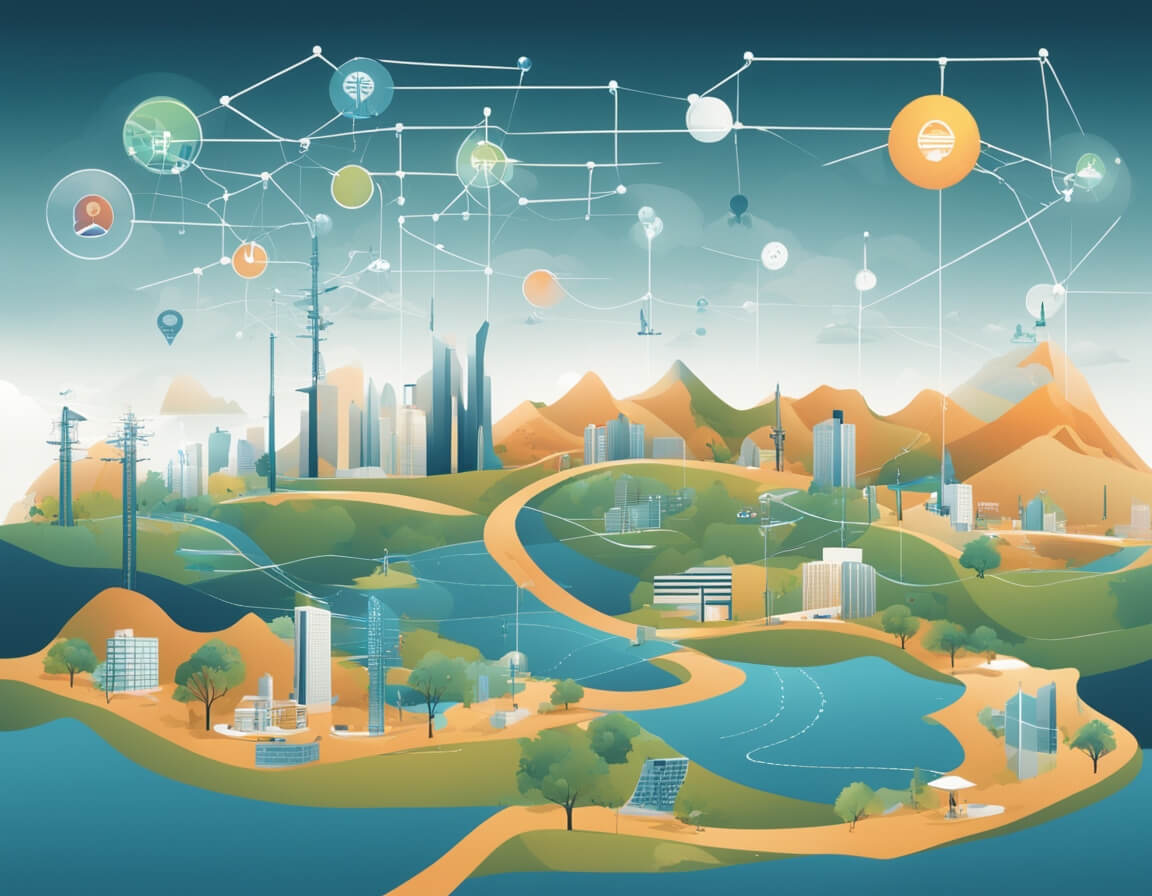Introduction: The Remote Connectivity Conundrum
In today’s interconnected world, access to reliable internet connectivity is more important than ever. However, for many communities located in remote or rural areas, this access remains a significant challenge. In this blog, we will explore the unique challenges of remote connectivity and innovative solutions, such as satellite internet, that are empowering seamless communication in even the most remote areas.
Understanding the Challenges of Remote Connectivity Solutions
Geographical Barriers: Remote areas often lack the necessary infrastructure for traditional internet connectivity methods like fiber optics or cable. Geographical barriers such as mountains, forests, or deserts can make it difficult and costly to lay down these physical connections.
Limited Infrastructure: Even in areas where infrastructure exists, it may be outdated or insufficient to meet the demands of modern internet usage. This can result in slow speeds, unreliable connections, and limited bandwidth capacity.
High Costs: Building and maintaining traditional internet infrastructure in remote areas can be prohibitively expensive. As a result, many service providers are unwilling to invest in these regions, leaving communities underserved or entirely disconnected.
Innovative Solutions: The Rise of Satellite Internet
Overview of Satellite Internet: Satellite internet technology utilizes satellites orbiting the Earth to provide internet access to users on the ground. This technology eliminates the need for physical infrastructure, making it an ideal solution for remote areas.
Benefits of Satellite Internet:
- Global Coverage: Satellite internet can reach virtually any location on Earth, providing connectivity to even the most remote areas.
- Scalability: Satellite internet networks can be easily expanded to accommodate growing demand, making it a flexible solution for communities of all sizes.
- Reliability: Unlike terrestrial infrastructure, satellite internet is not susceptible to physical disruptions, ensuring uninterrupted connectivity even in the face of natural disasters or network congestion.
Case Studies: Highlight real-world examples of how satellite internet has transformed connectivity in remote areas, improving access to education, healthcare, and economic opportunities.
Conclusion: Empowering Seamless Communication
In conclusion, the challenges of remote connectivity are significant but not insurmountable. Innovative solutions like satellite internet are revolutionizing the way we connect and communicate, empowering even the most remote communities to participate in the digital economy. By bridging the digital divide and providing access to essential services, satellite internet is transforming the lives of millions around the world. As technology continues to evolve, we can expect even greater advancements in remote connectivity, bringing us closer together in an increasingly interconnected world.


